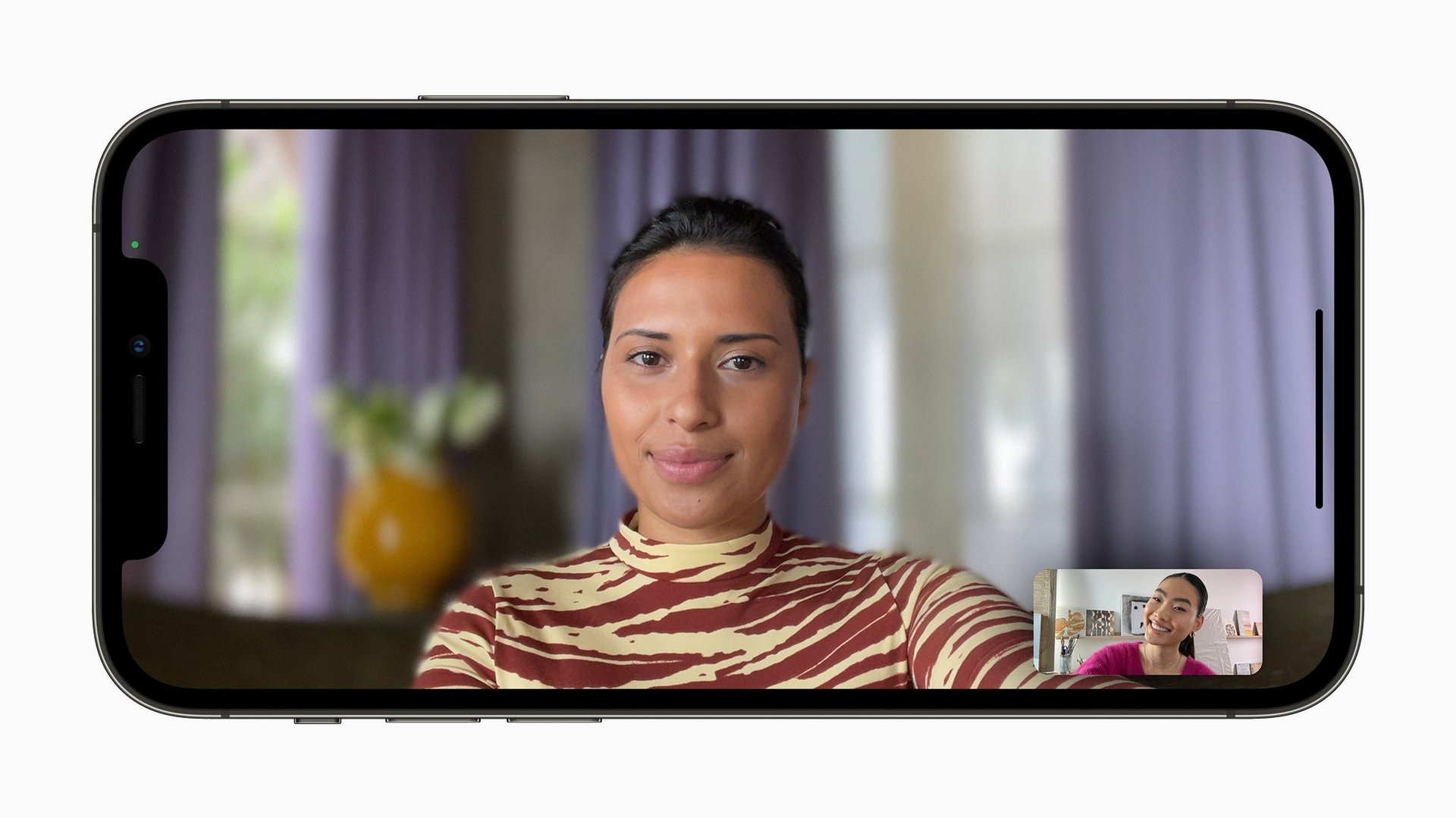Apple’s FaceTime update is a bet on the hybrid friendship
As businesses enter the post-pandemic future of hybrid work, Apple is reimagining people’s social lives as well. A new FaceTime update, unveiled today during the keynote address at Apple’s annual developer conference, appeared tailor-made to transform our analog social circles into hybrid friendships where some friends might hang out in person, and others beam themselves in from afar.


As businesses enter the post-pandemic future of hybrid work, Apple is reimagining people’s social lives as well. A new FaceTime update, unveiled today during the keynote address at Apple’s annual developer conference, appeared tailor-made to transform our analog social circles into hybrid friendships where some friends might hang out in person, and others beam themselves in from afar.
The FaceTime update imports a slew of video call features familiar to business users of Zoom and Google Meets working remotely during the pandemic. Apple users will now be able to schedule FaceTime calls on their calendars, send meeting links to other participants, share their screens, and view all callers in a grid. The update also includes spatial audio—a feature that makes it sound like people’s voices are coming from different directions depending on where they are on the screen, which is now common among virtual office platforms seeking to augment or replace physical workplaces.
Although the new FaceTime features replicate remote work tools, Apple vice president for software engineering Craig Federighi positioned FaceTime as a purely social tool during the keynote. “FaceTime is how we catch up with friends around the world and how we stay close to family members when we’re apart,” he said.
Clips showed friends using FaceTime to listen to an album together, stage a virtual movie night, share tips on how to beat a video game, or browse apartment listings with future roommates. Apple touted its streaming partnerships with entertainment partners like Disney, Hulu, HBO, Twitch, ESPN, and TikTok.
Apple didn’t promote FaceTime’s potential as a tool for hybrid hangouts. But the timing of the announcement—at a moment when some parts of the world are emerging from pandemic lockdowns and workplaces are beginning to reopen in hybrid fashion—suggests a major use case going forward. By capturing the social side of video conferencing, Apple stands to serve a new market that makes its ecosystem of apps and devices even stickier.
FaceTime and hybrid friendships
If Apple was hoping to launch a tool purely aimed at helping friends connect under pandemic lockdowns, now seems like an odd moment to do it. The pandemic has been raging for a year and a half. Apple’s largest market, the US, is close to fully reopening as social distancing requirements are eased, and hundreds of millions of people have been vaccinated. With friends seeing each other in person in large numbers, why make the effort to overhaul FaceTime today?
One obvious explanation is changing norms around how we communicate. People have always had friends and family in far-flung places, and that will hold true after the pandemic ends. But now, professionals who spent the last year on video calls may decide to keep using those same tools with friends and family when they can’t make it to an in-person gathering for more banal reasons (e.g. they have a baby at home, or caught a cold, or just don’t have the energy to commute). While Zoom and its rivals are scrambling to meet hybrid video conferencing needs in a business setting, the social arena is up for grabs. That leaves Apple perfectly positioned to do so, even as people start to meet in person again.
All this means iPhone users have one less reason to leave the Apple ecosystem for rivals like Zoom or Google Meet. The FaceTime update gives anyone with an iPhone—a device that earned Apple $138 billion last year—the same features as competing video conferencing platforms.
It’s the latest example of Apple’s strategy to enmesh users even deeper in its universe of services and devices. Locking in users is a core part of Apple’s business strategy. Documents made public during a recent antitrust trial revealed Apple executives conferring about how to “get people hooked into the ecosystem” and “make [the] platform more sticky.” It’s also a key piece of Apple’s appeal to shareholders, as billionaire investor Warren Buffett explained to CNBC in 2018. “I see how strong that ecosystem is, to an extraordinary degree,” he said. “You are very, very, very locked in, at least psychologically and mentally, to the product you are using.”